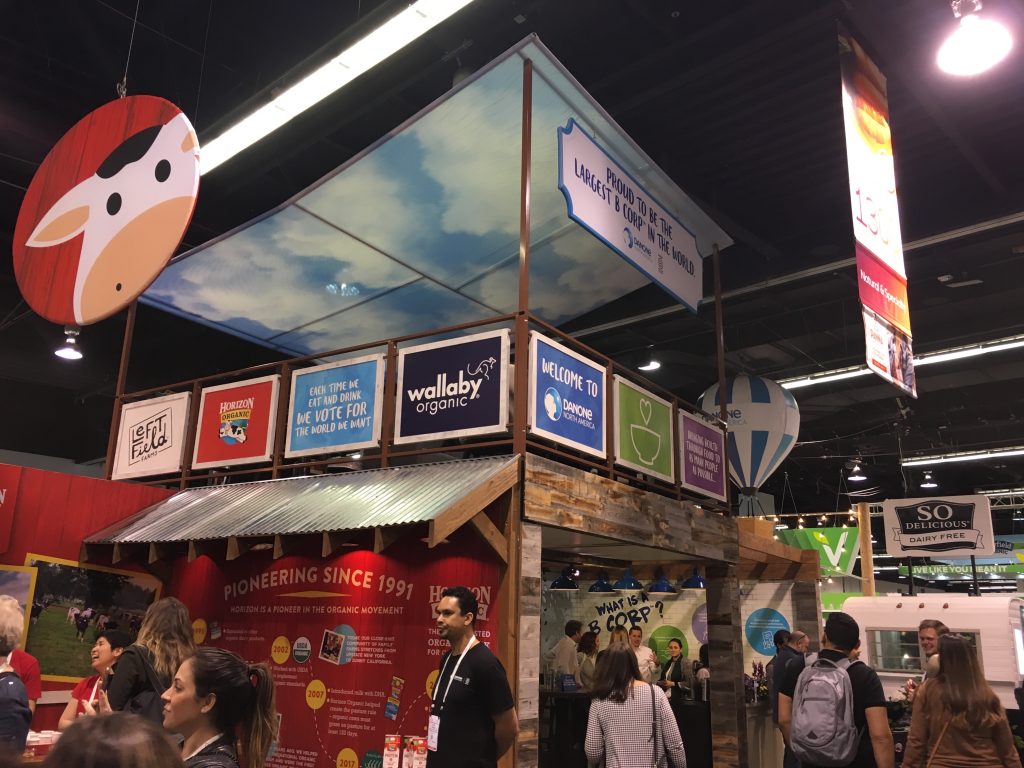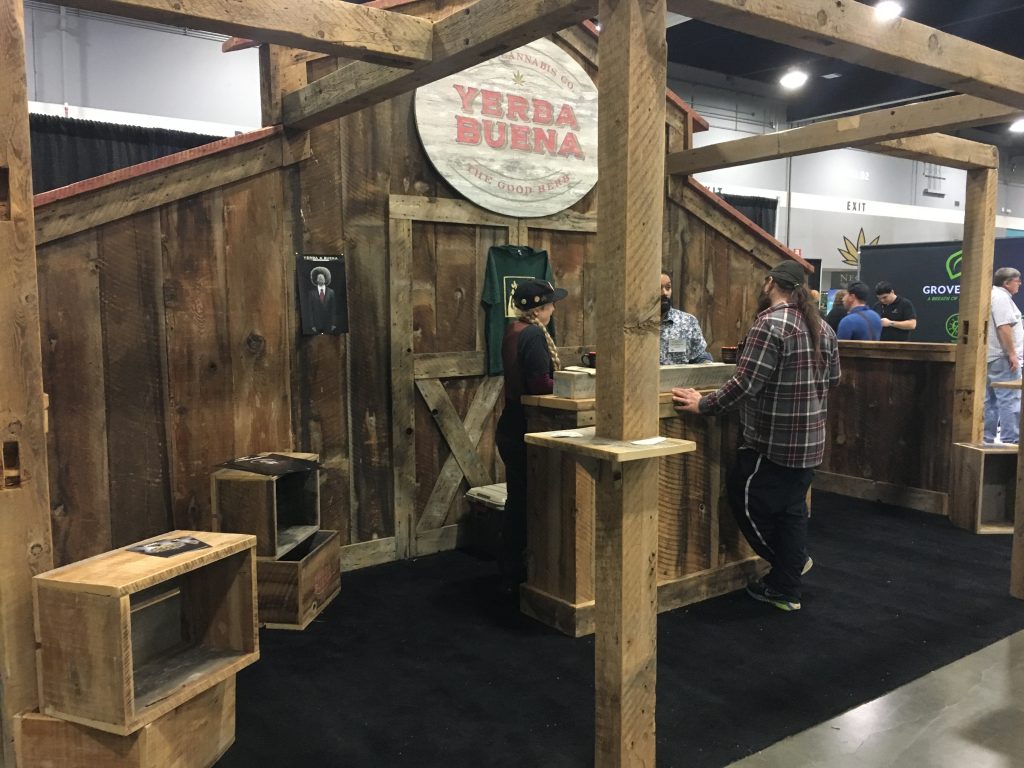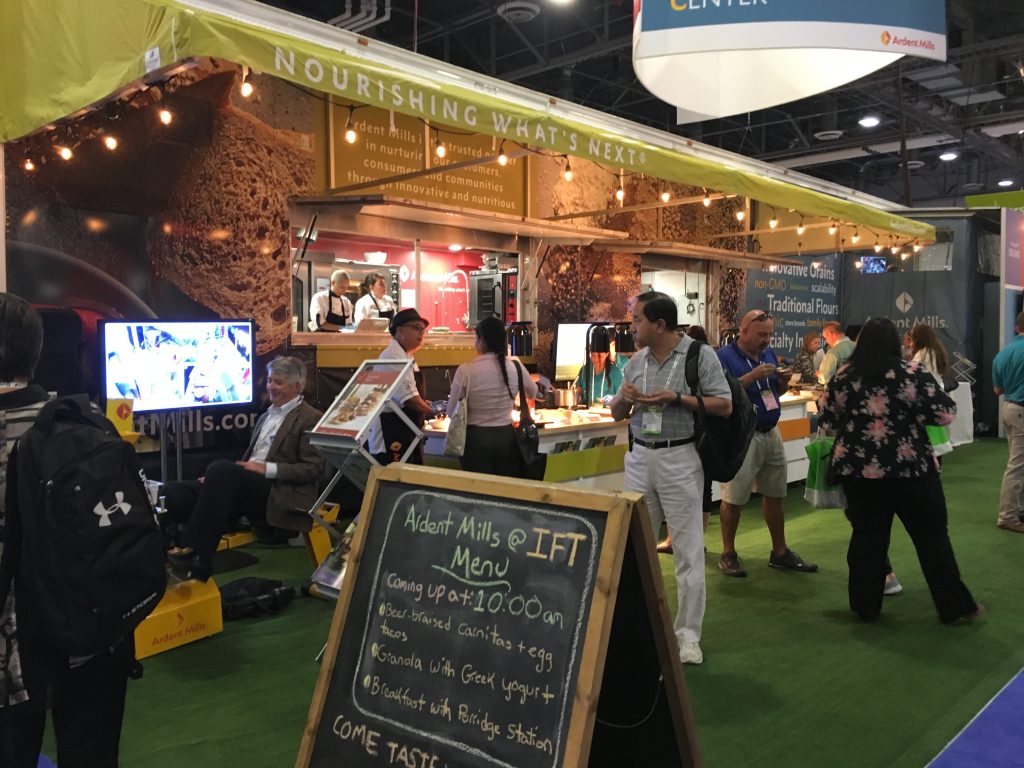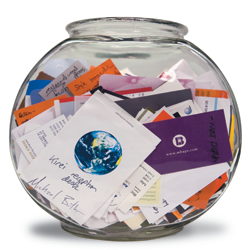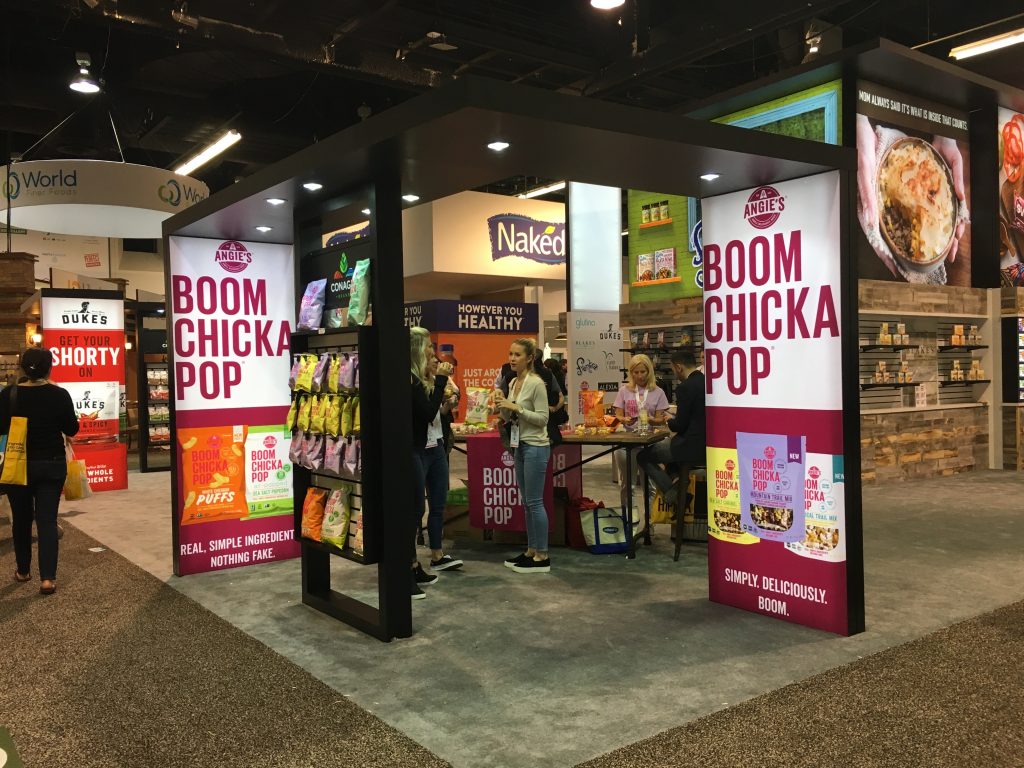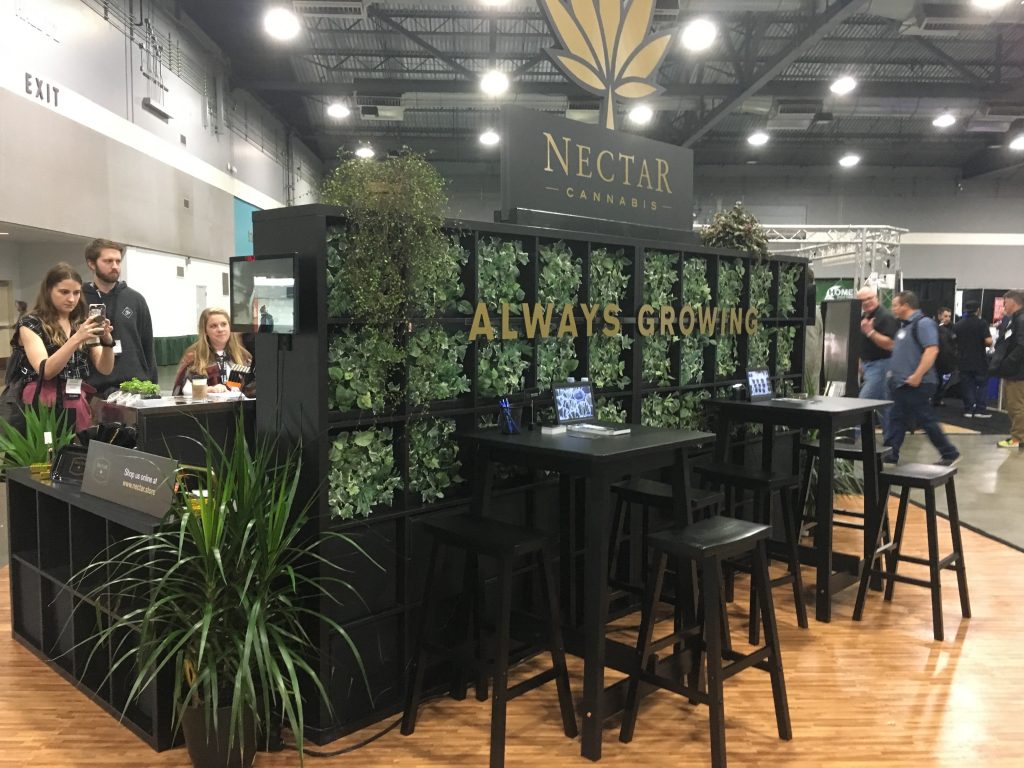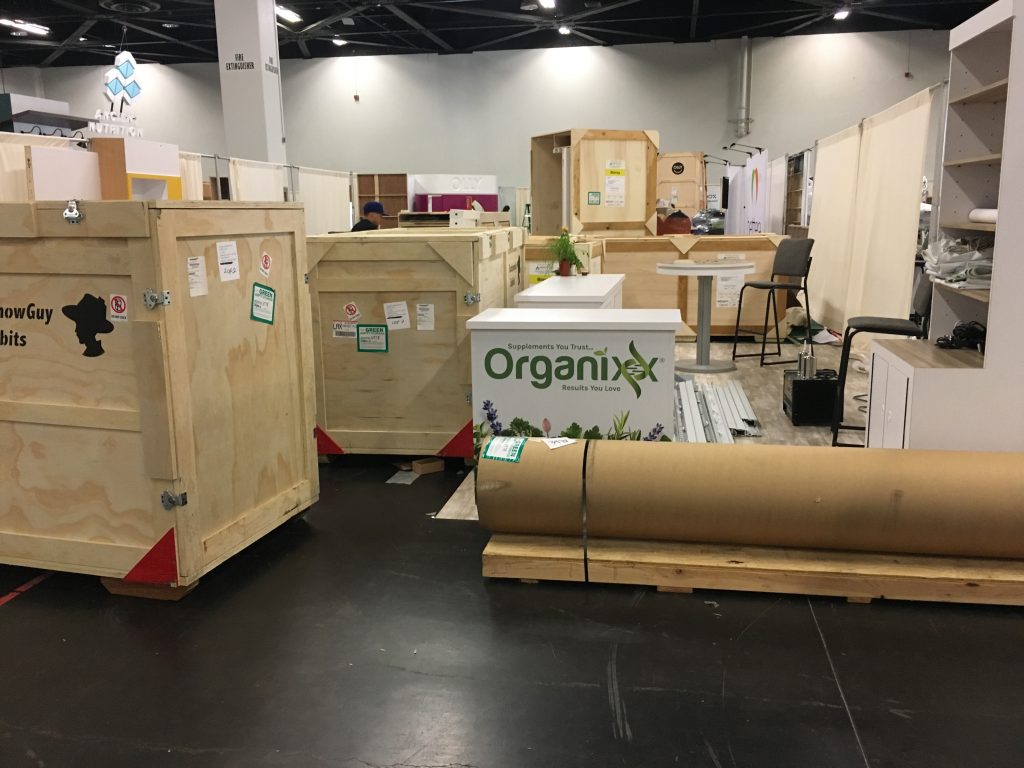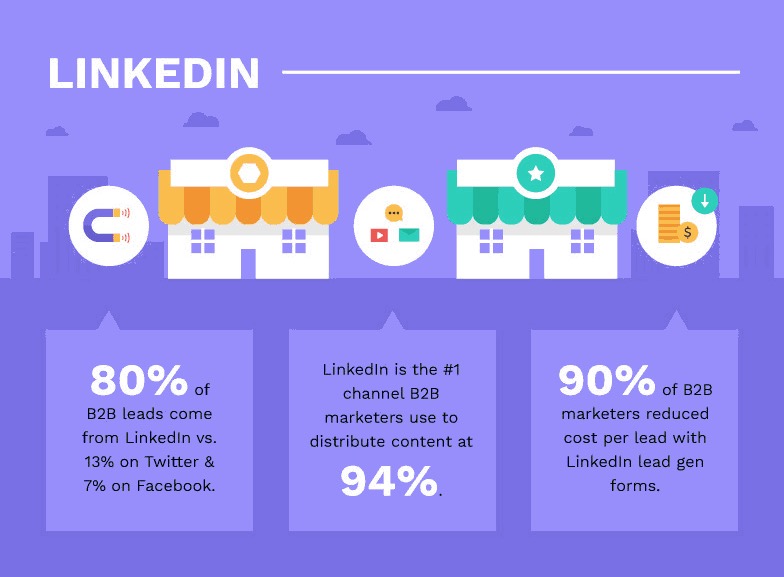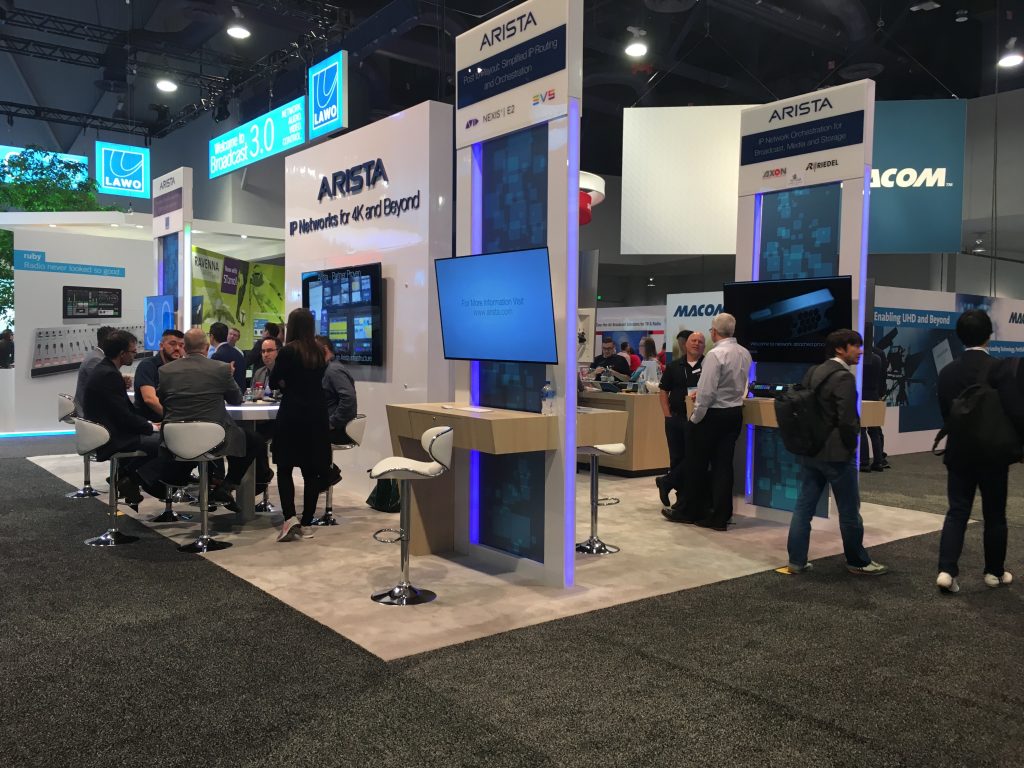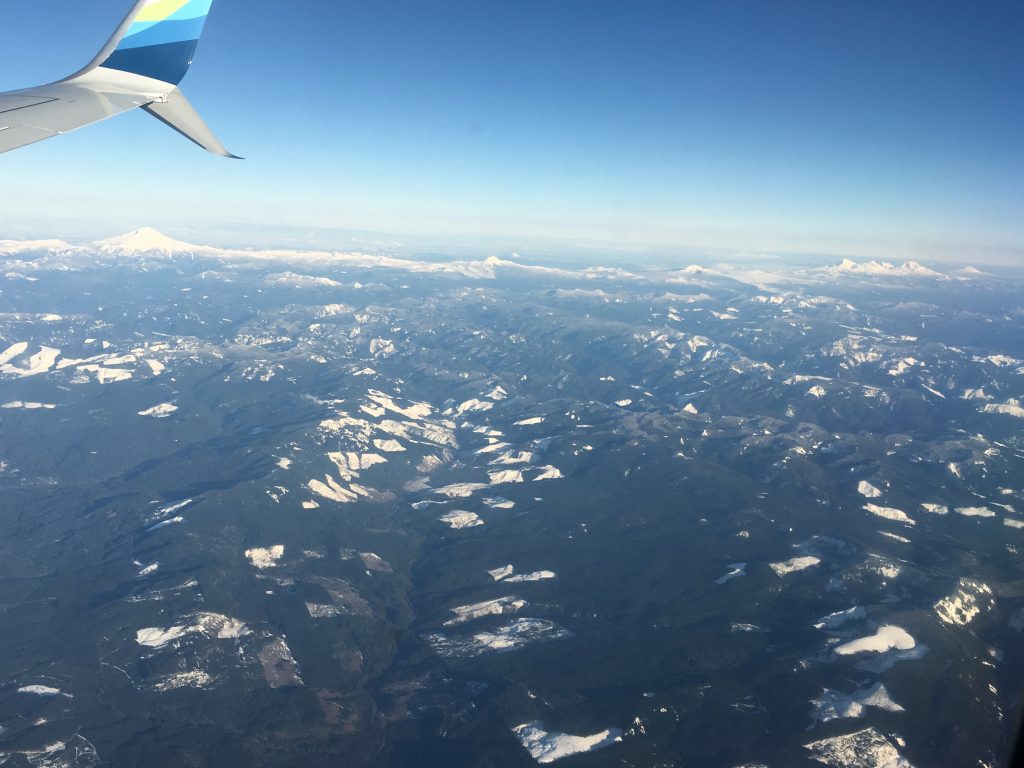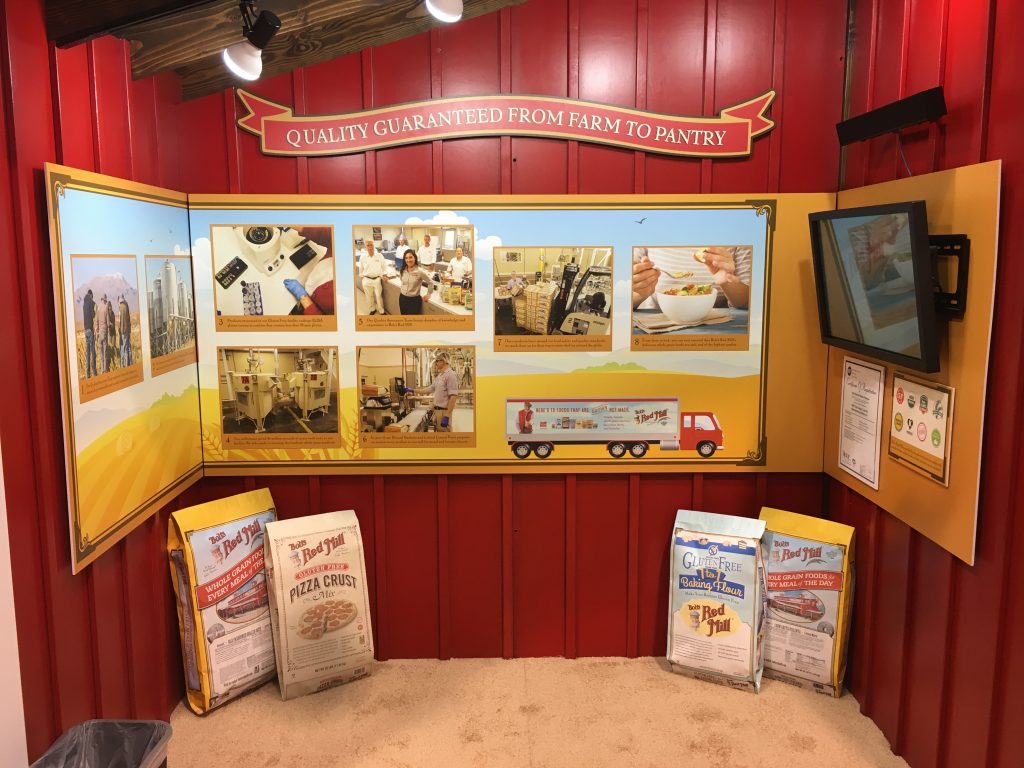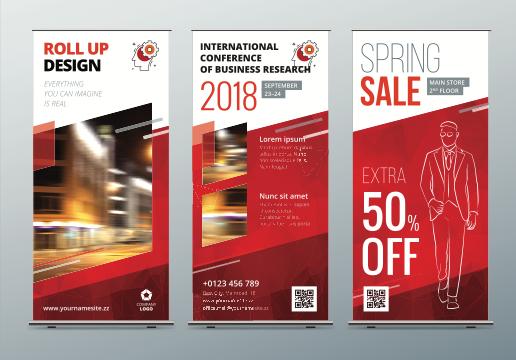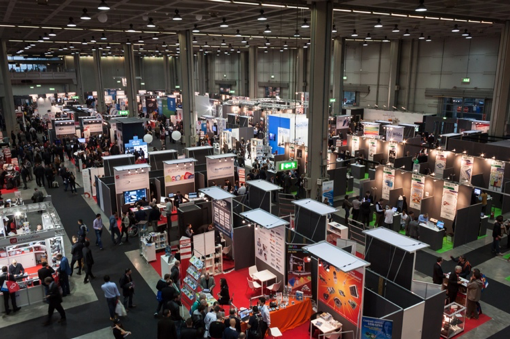In Tradeshow Sales, Focus on the Moment
Tradeshow sales is a much different beast than any other kind of sales.
Picture this: you’re standing in your tradeshow booth with dozens of competitors lining the aisle, selling to the same market. They’re all trying to convince visitors that they’re the best solution. The goal is to talk to as many people as possible, because if you do that, you can gather more leads. And the more leads, the better off your sales team is. That’s the common knowledge, and generally it’s correct.
But step back a moment. Let’s examine that interchange a little more closely.
“Less haste, more speed.”
Instead of doing your best to gather contact information, such as scanning a badge, or writing down names and numbers and email addresses, take the time to qualify. I’ve been to tradeshows recently where it seemed like the only thing that was important to the booth staffer was to gather as many scans as they could. Maybe it was a contest. But it was one in which they ultimately lost, because they no doubt ended up scanning dozens or hundreds of people that have no interest in buying, are not qualified, are not the decision maker or don’t have the money.
Even though you’re trying to get as many leads in a limited time, let’s remember a few things.
One, most of the people at the show are qualified to a certain degree. They may not specifically be in the market to purchase your product, but they are in the market, otherwise they would not be there. If they’re not a potential buyer, there’s a good chance they know someone who is.
Two, a majority of them are decision-makers or can influence a buying decision.
Three, given the volume of people walking from booth to booth, you will not talk to everyone. It’s not possible.
Four, knowing that you can’t talk to everyone, take enough time with the ones you do talk to to qualify or disqualify as soon as reasonable.
Now that you have the right perspective, understand what you are really trying to do: qualify the leads, and gather as much information as necessary for a productive follow-up on an agreed-upon date.
What you want to know
Here are the items you’ll want to uncover:
Are they interested in your product or service?
If so, when? If not, do they know anyone that is?
At this point, you will make an A/B decision: if they’re interested, uncover more information. If not, and if they don’t have any one they can refer you to, politely thank them and move on to someone else.
If they are interested, ask further questions, as if you’re peeling back the layers of an onion:
When do you plan to make a decision? Next week, next month, next year? This tells you the urgency of the situation.
How is that decision made? Is it one person, or is it a collaborative decision?
Does the company have the funds committed to the purchase?
The follow-up questions
Once you have qualified them by getting the right answers to these questions, quickly move on to the follow up questions:
When would you like us to follow up with you? Find a date, and if appropriate, get the time and date scheduled in both yours and their calendars.
How do you want us to follow up? Phone, email, in-person visit (if feasible), sending something in the mail?
That’s the simple, straightforward way to qualify and get enough information for your sales team to follow up.
Yes, there is a good chance that your visitor will have a lot of questions about your product or service, especially if it’s a complex product, such as software or some technical hardware. In that event, answer their questions on the show floor – take as much time as you need to determine if they’re a real prospect or not – and then move on to the confirmation and follow up phase.
Once you’ve confirmed the follow up, thank them and move on to the next.


